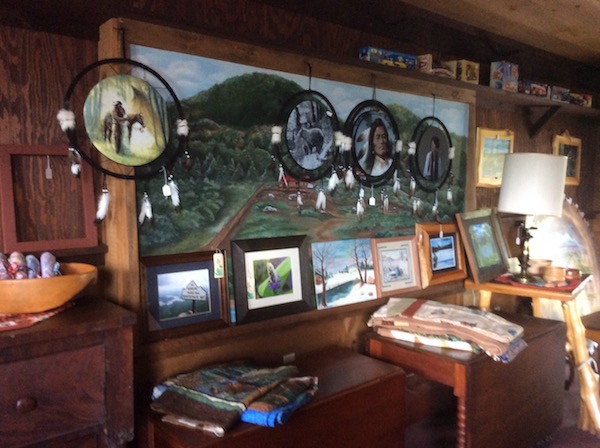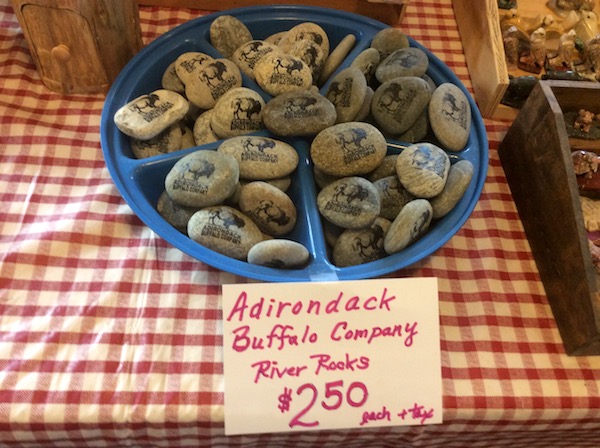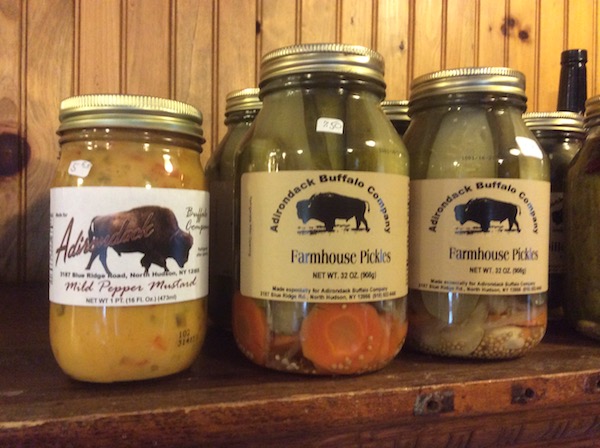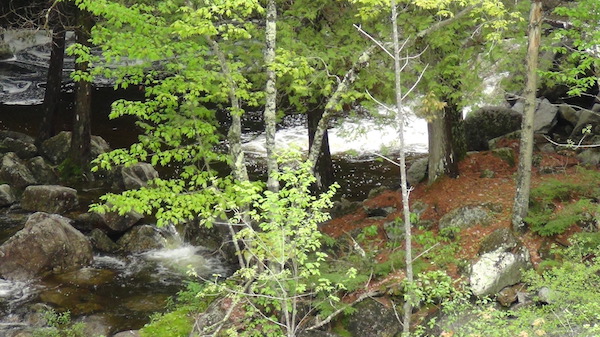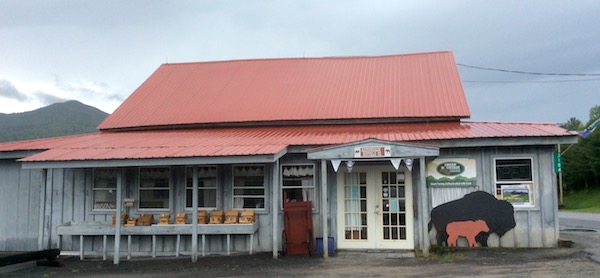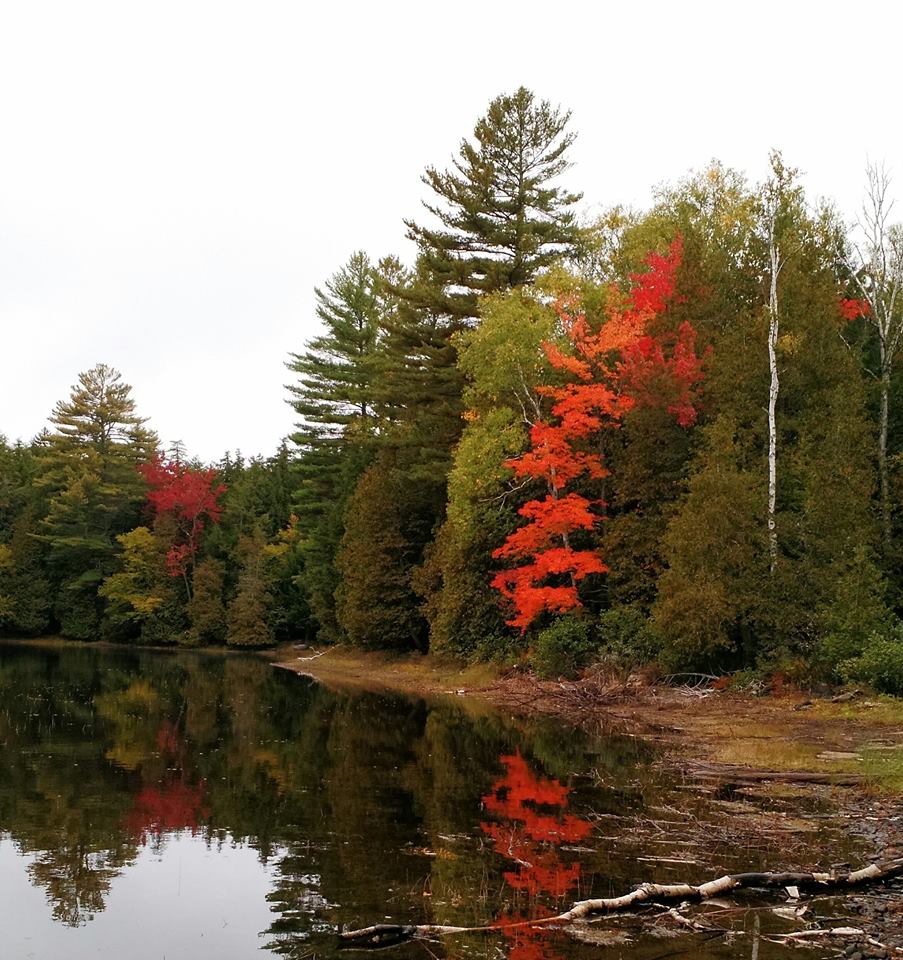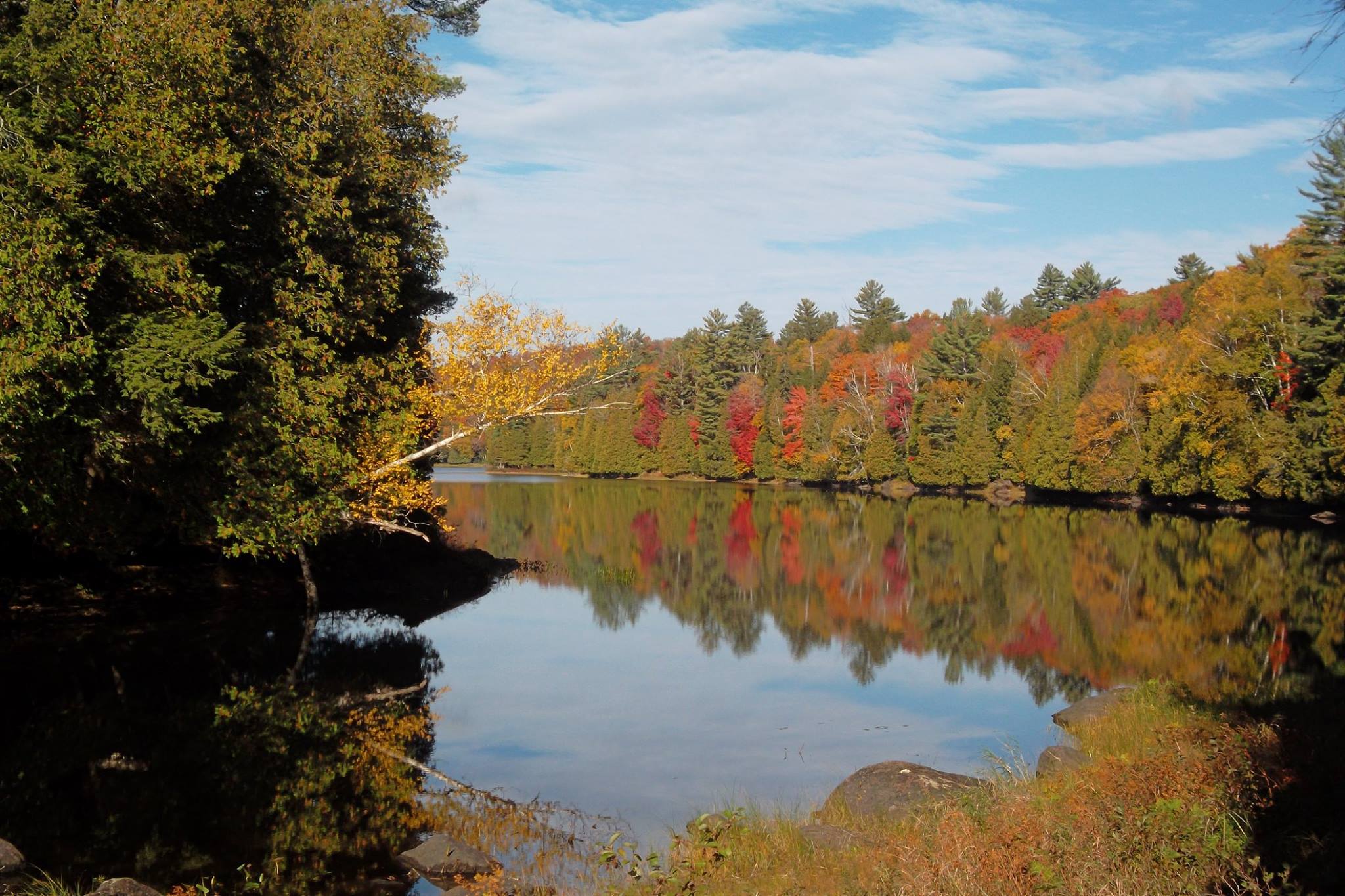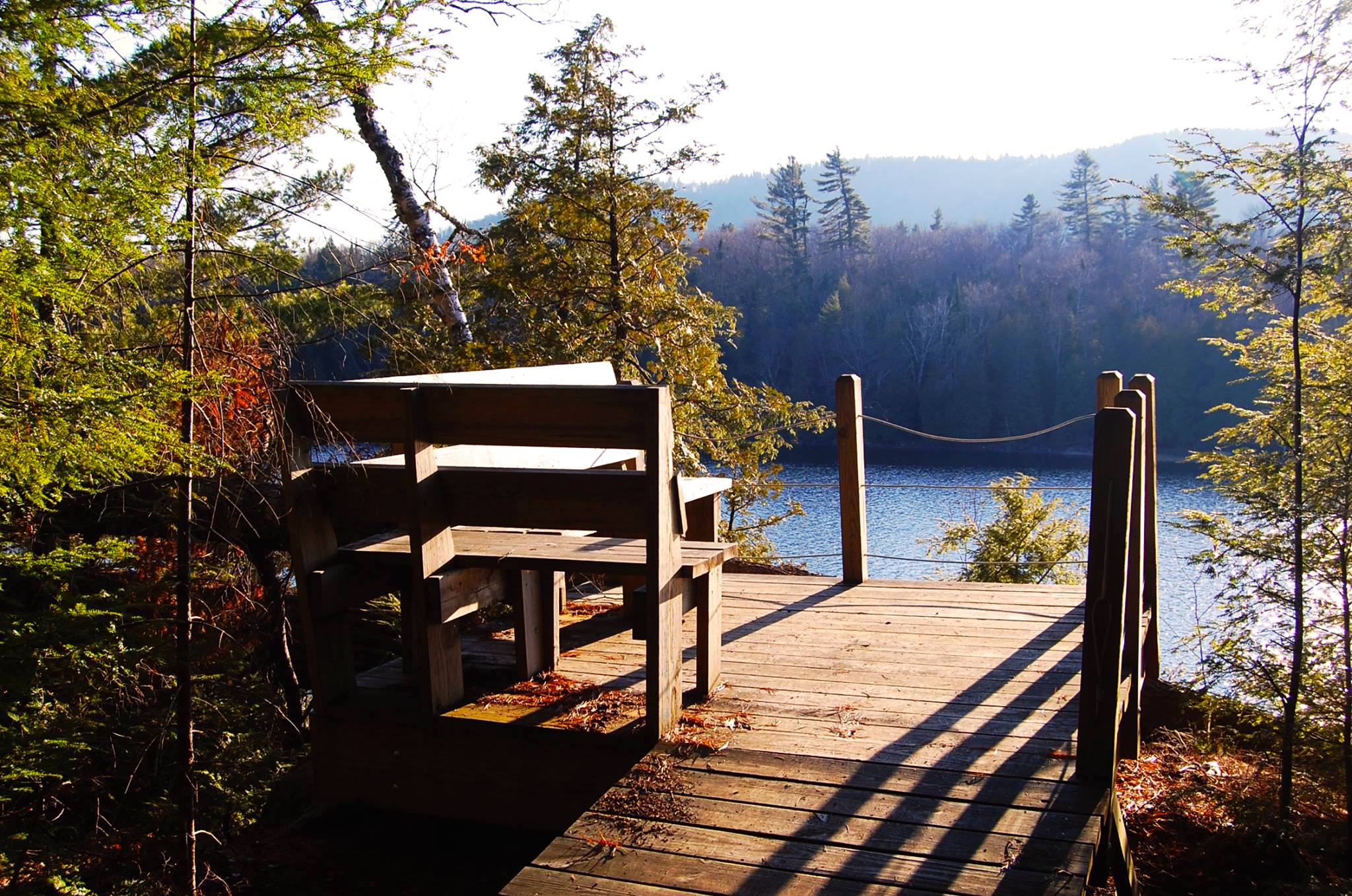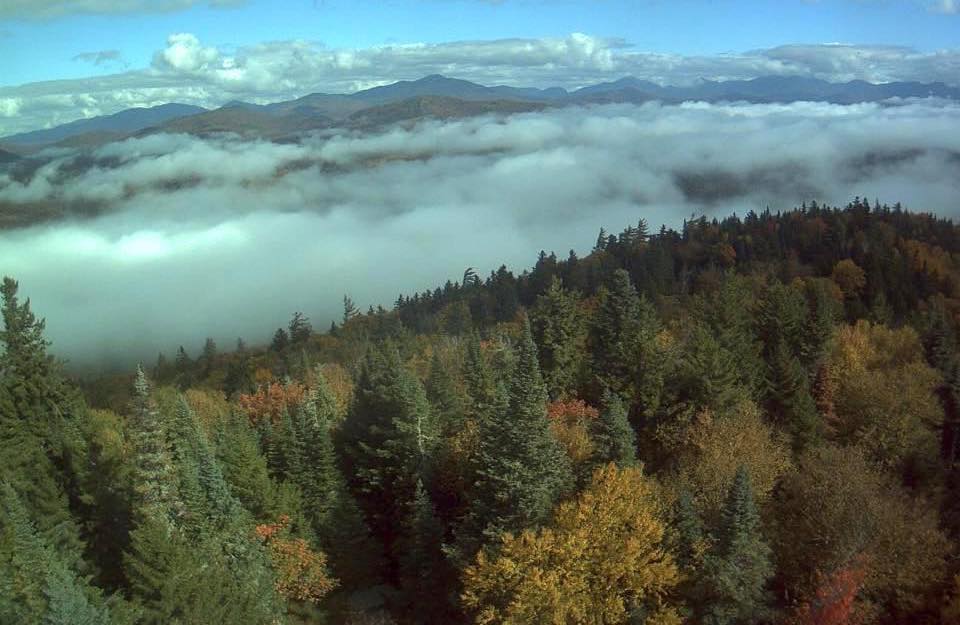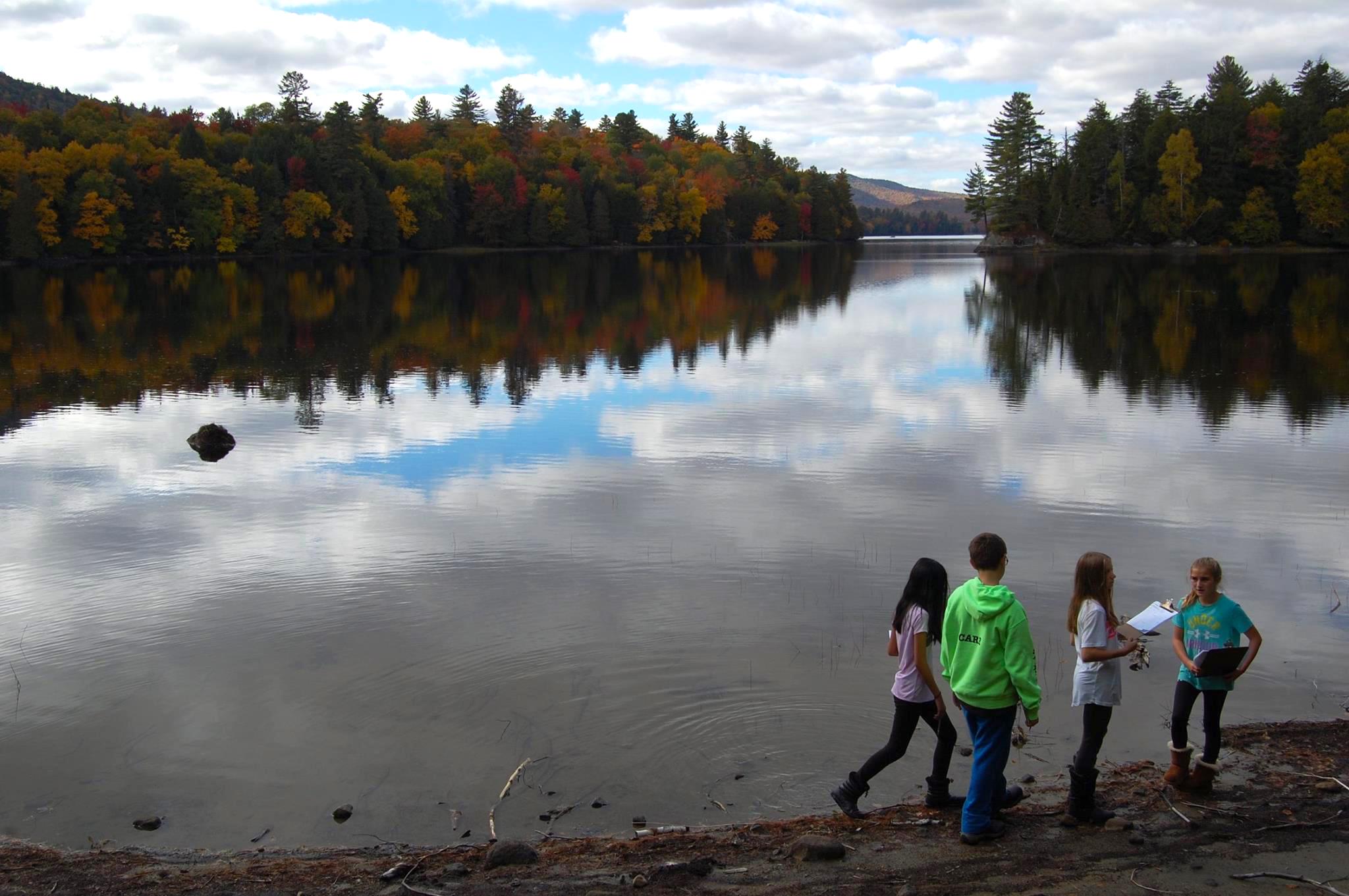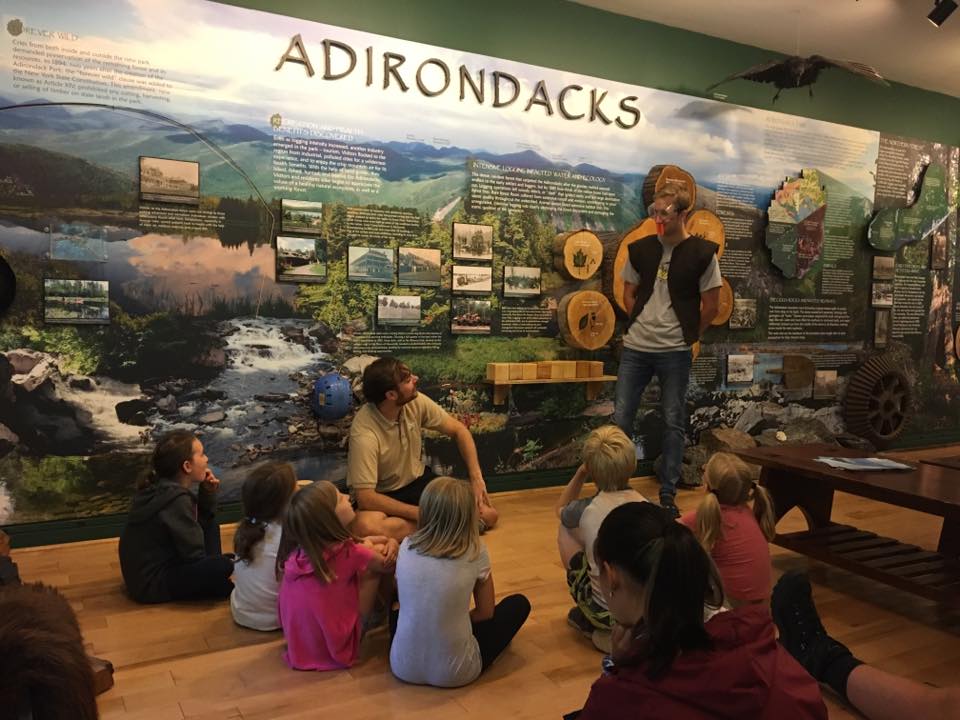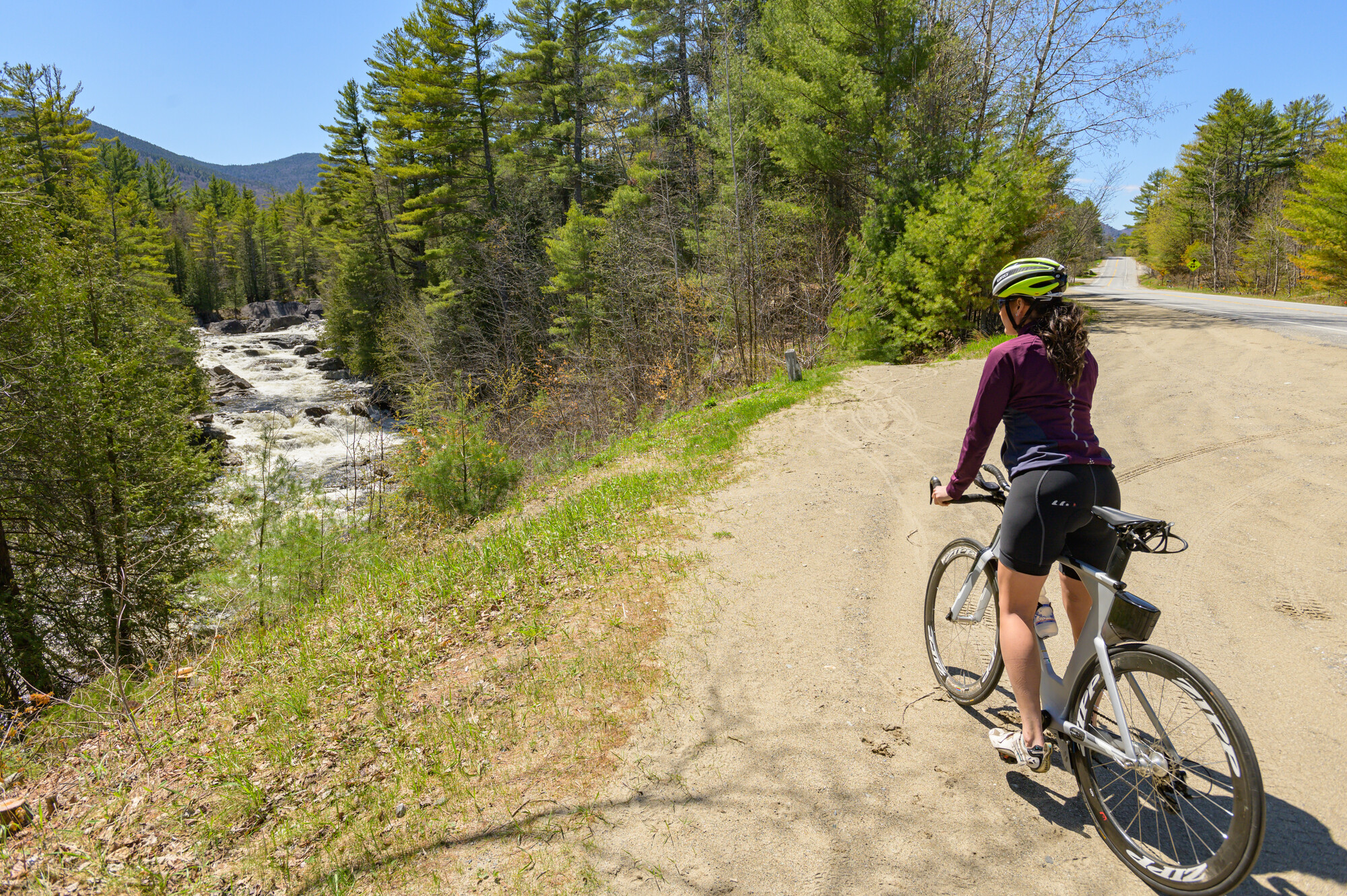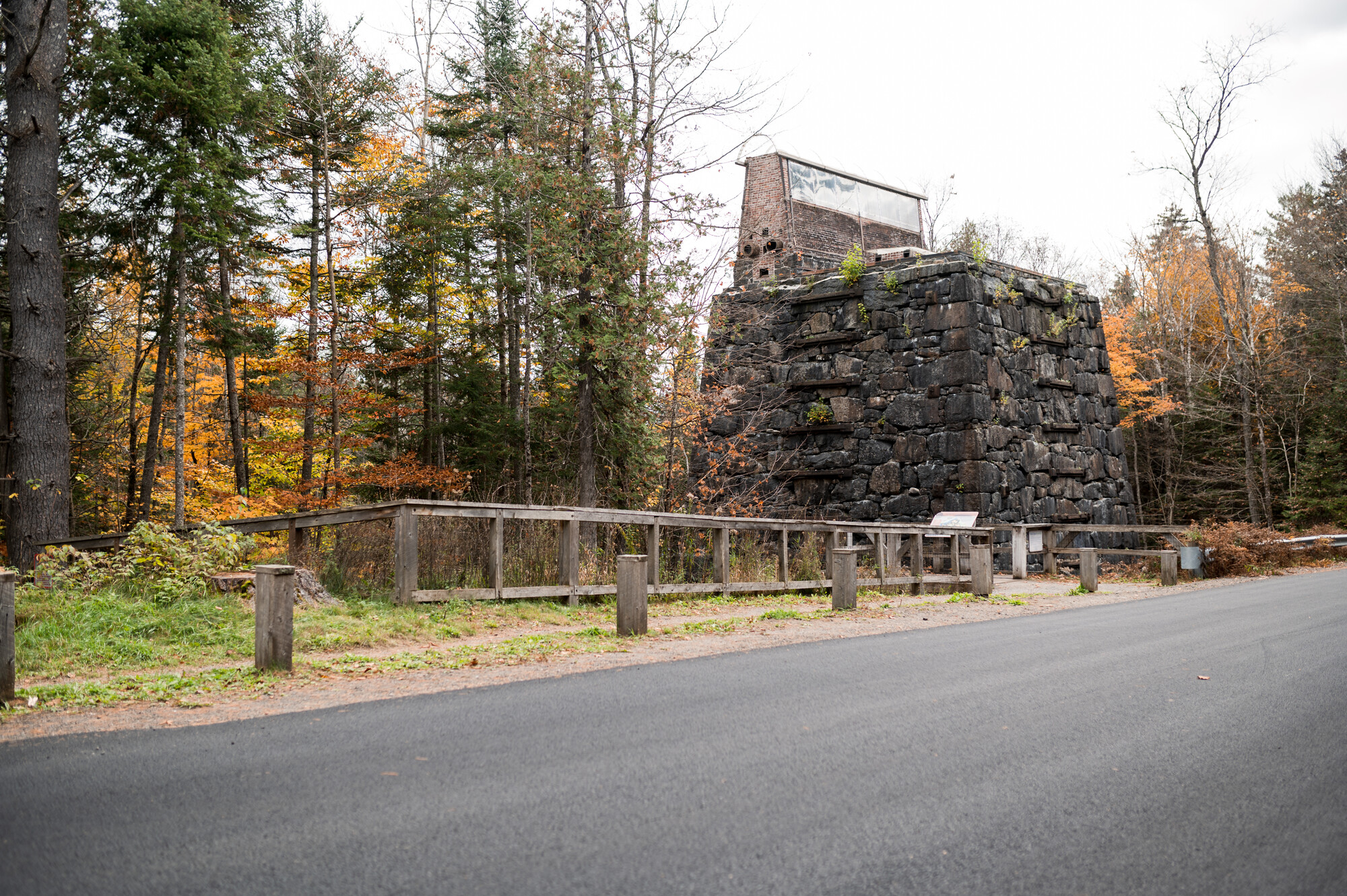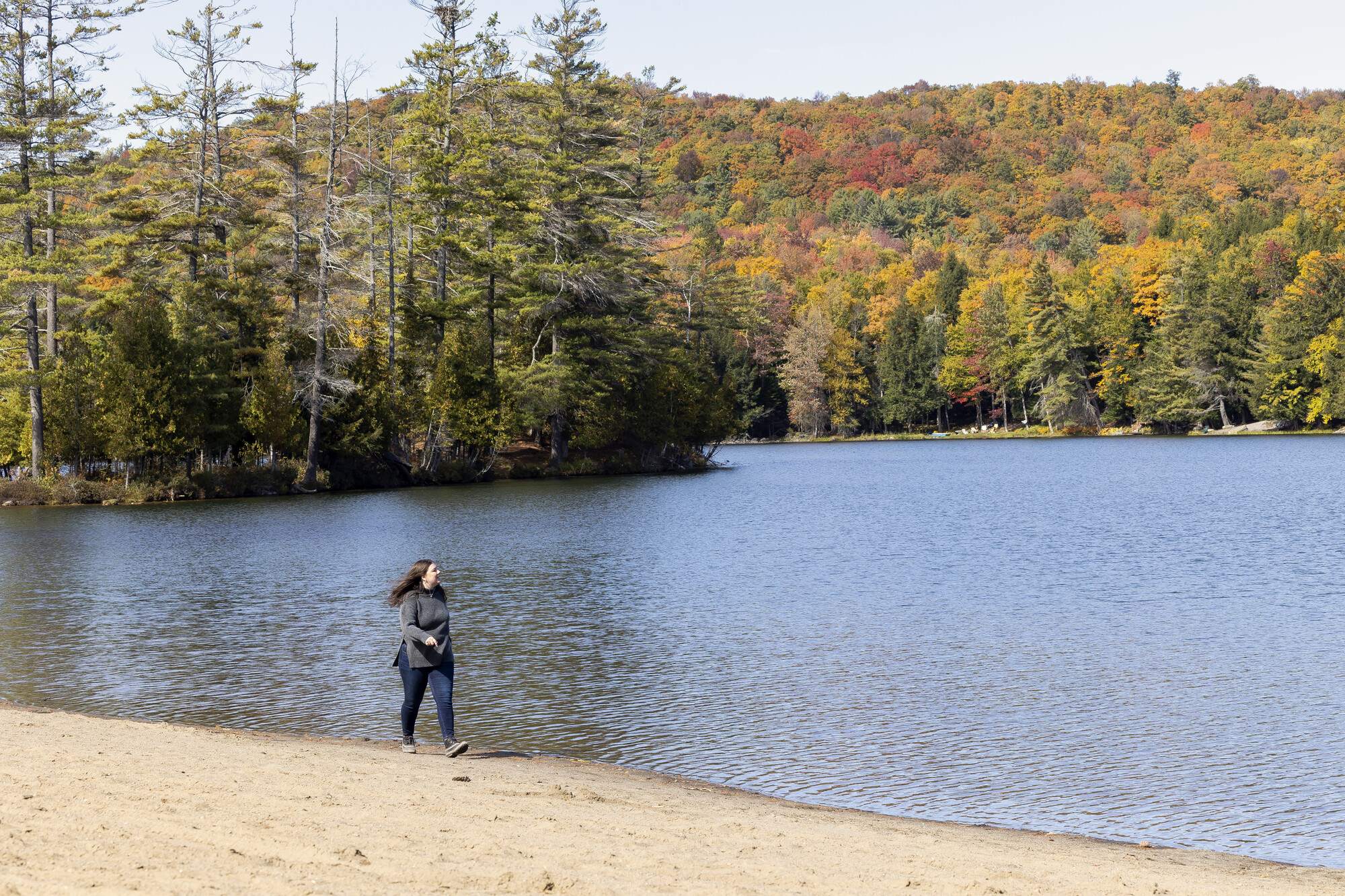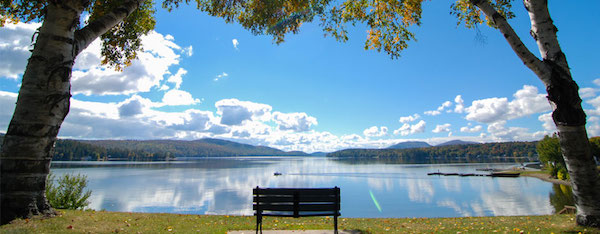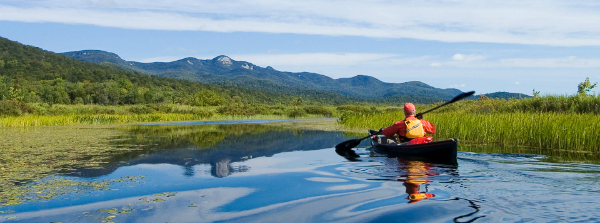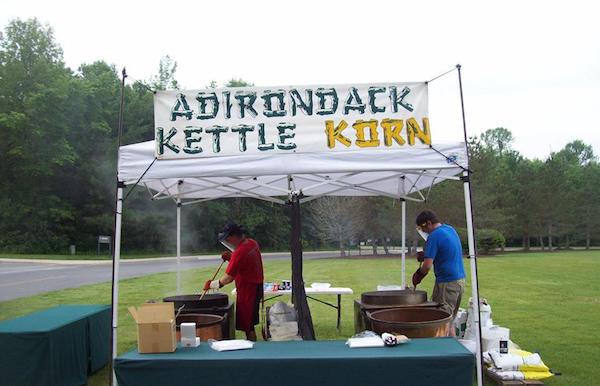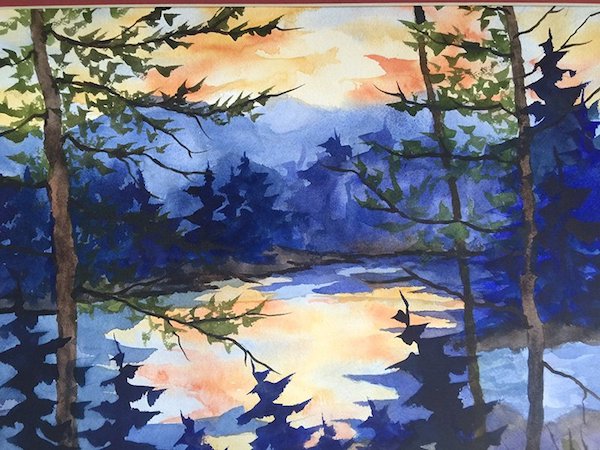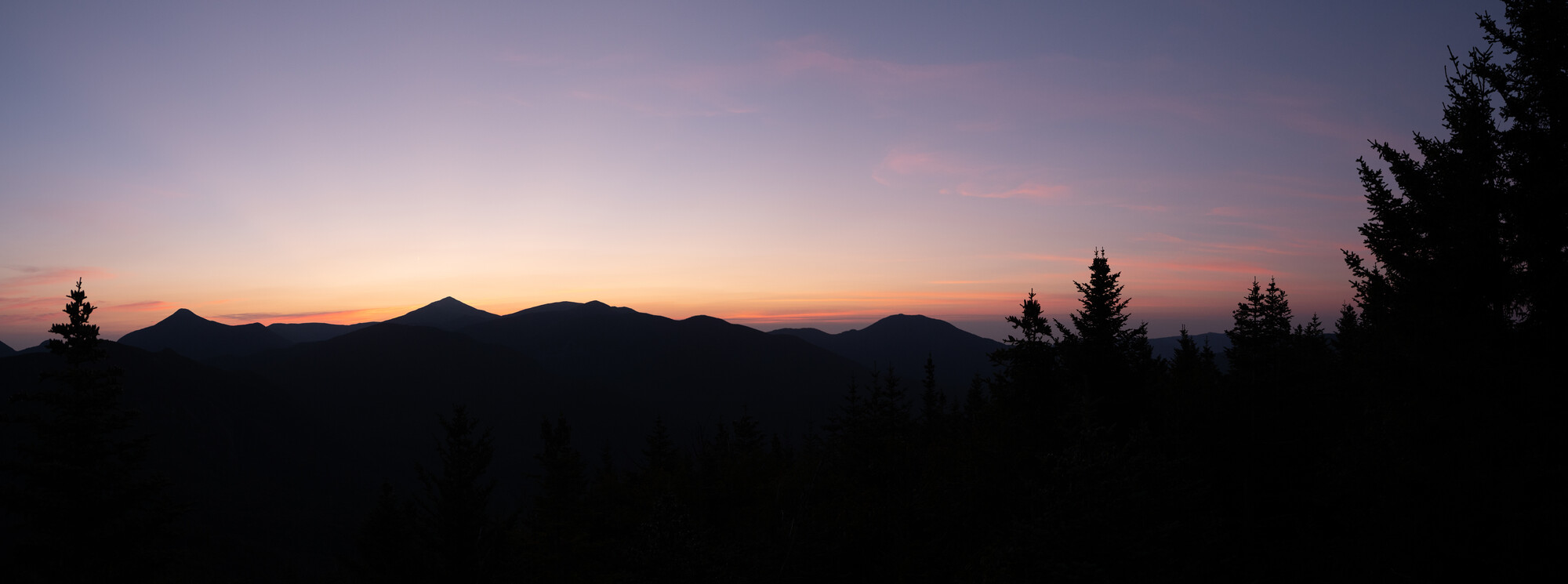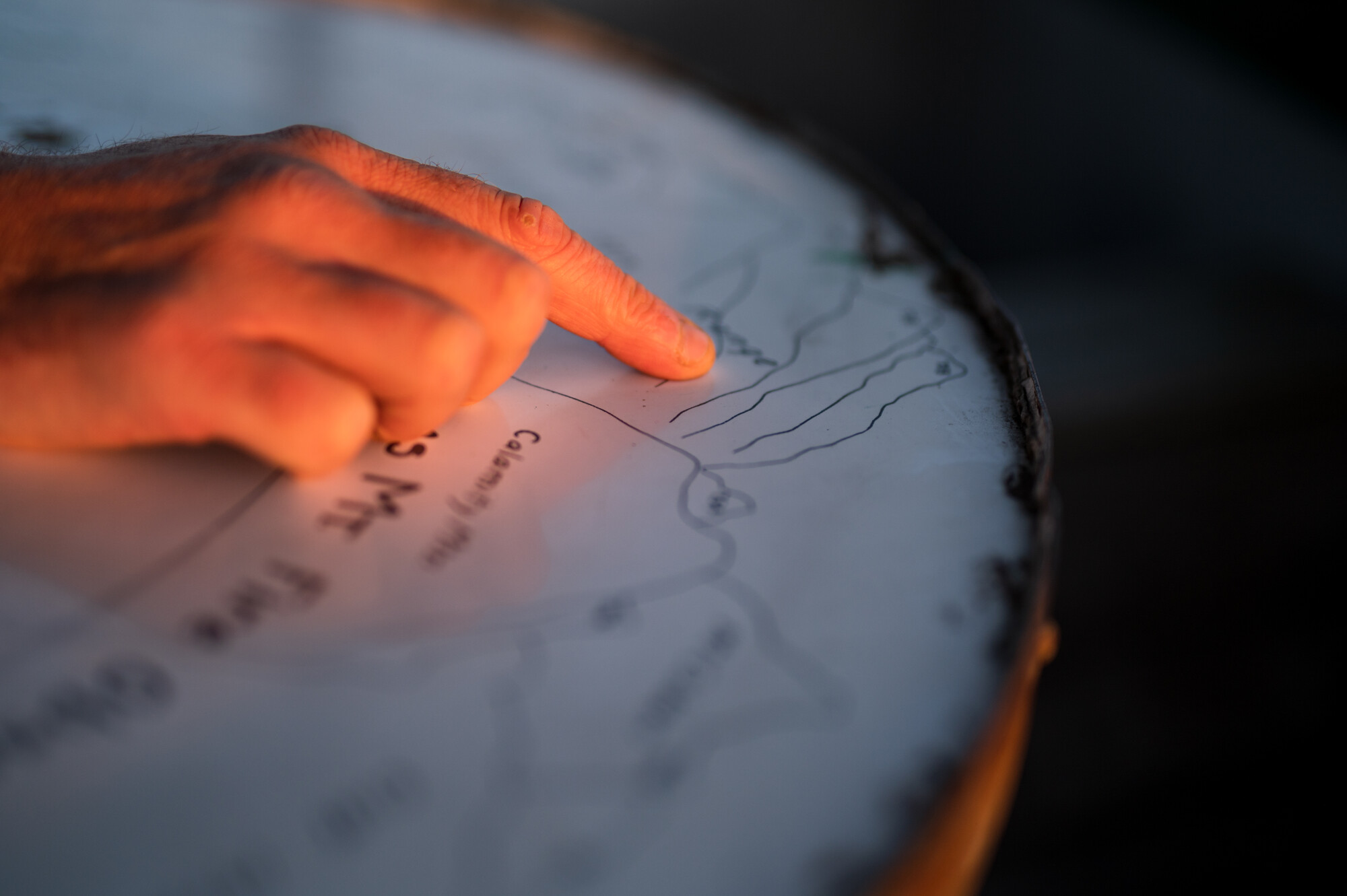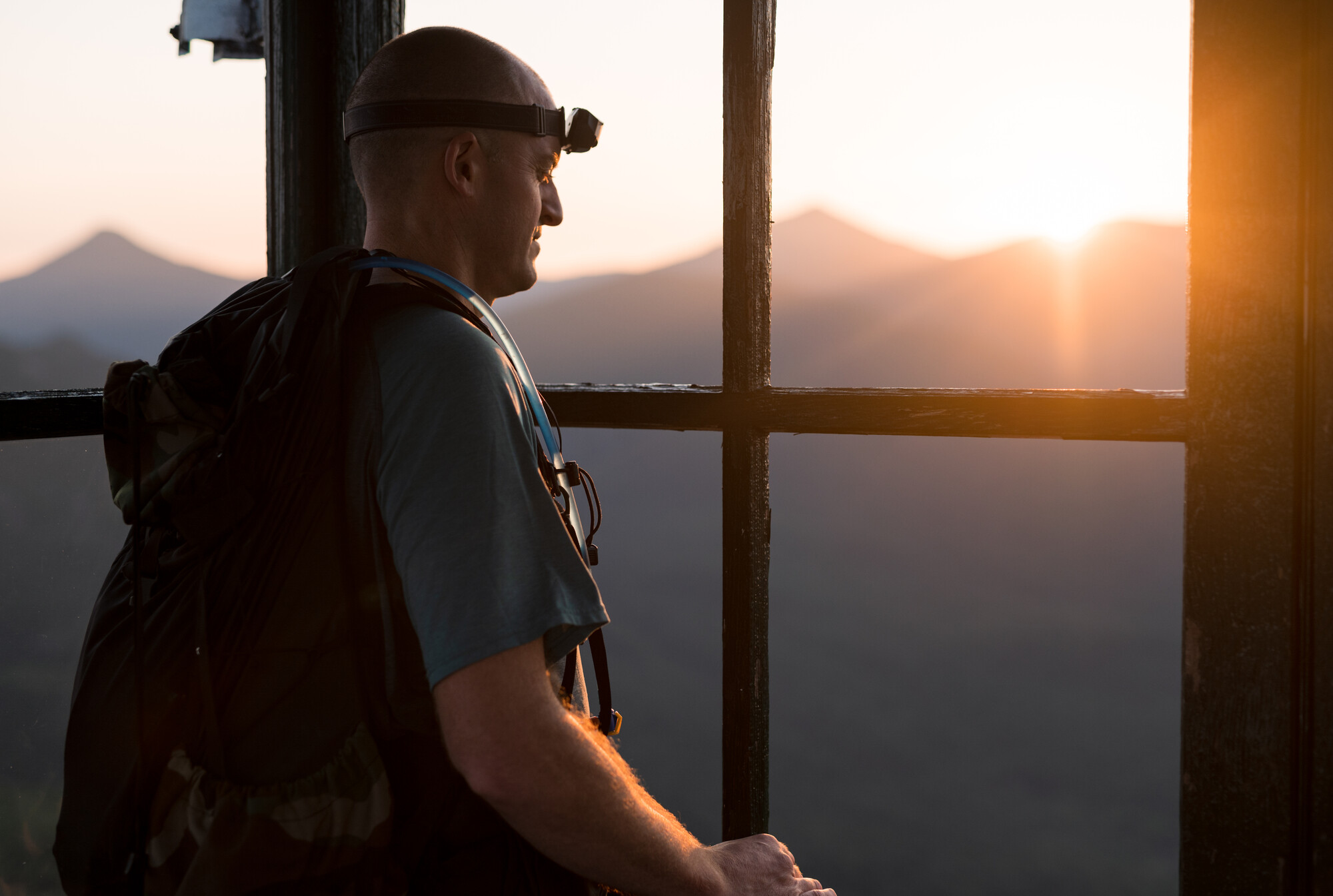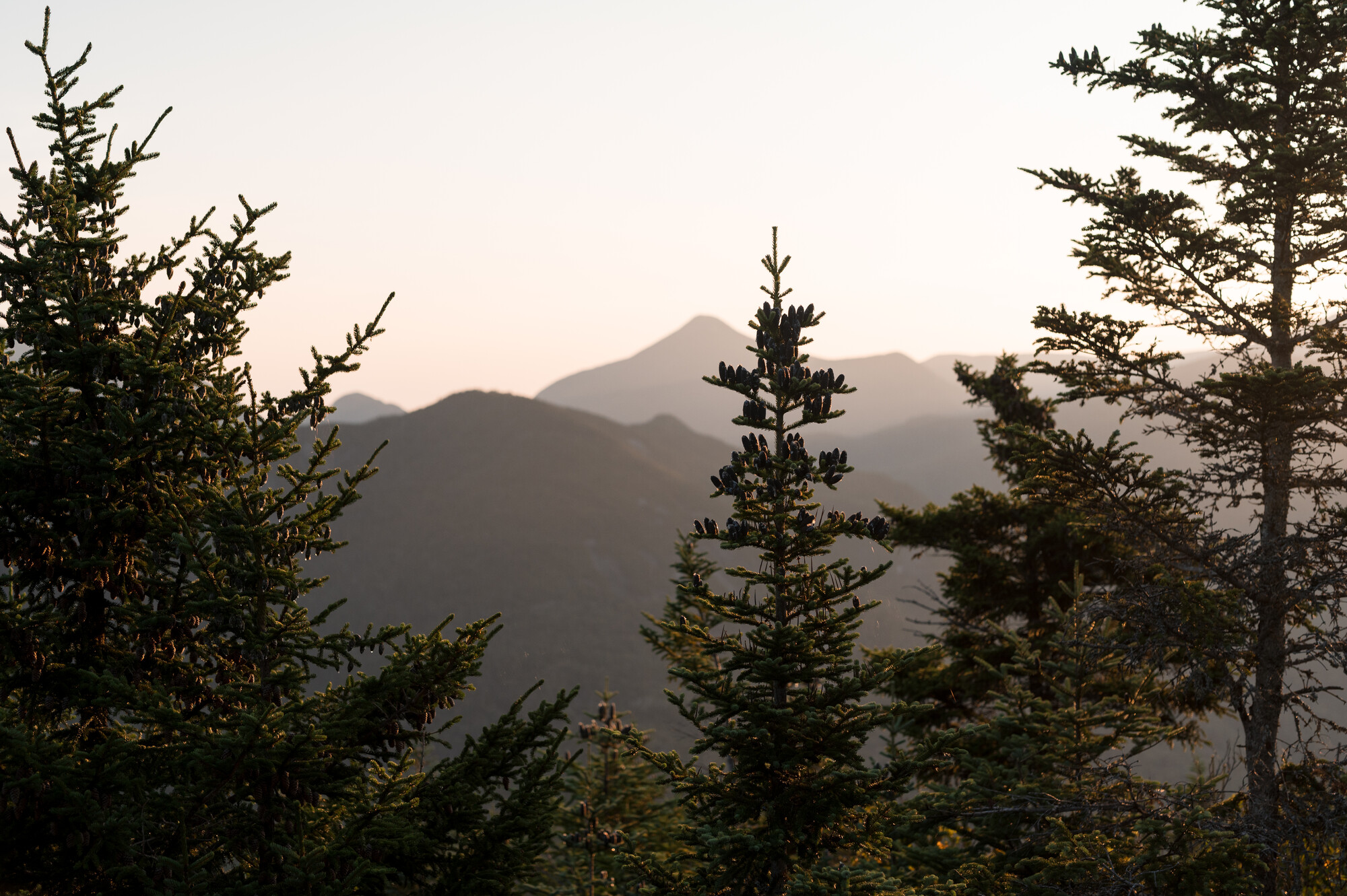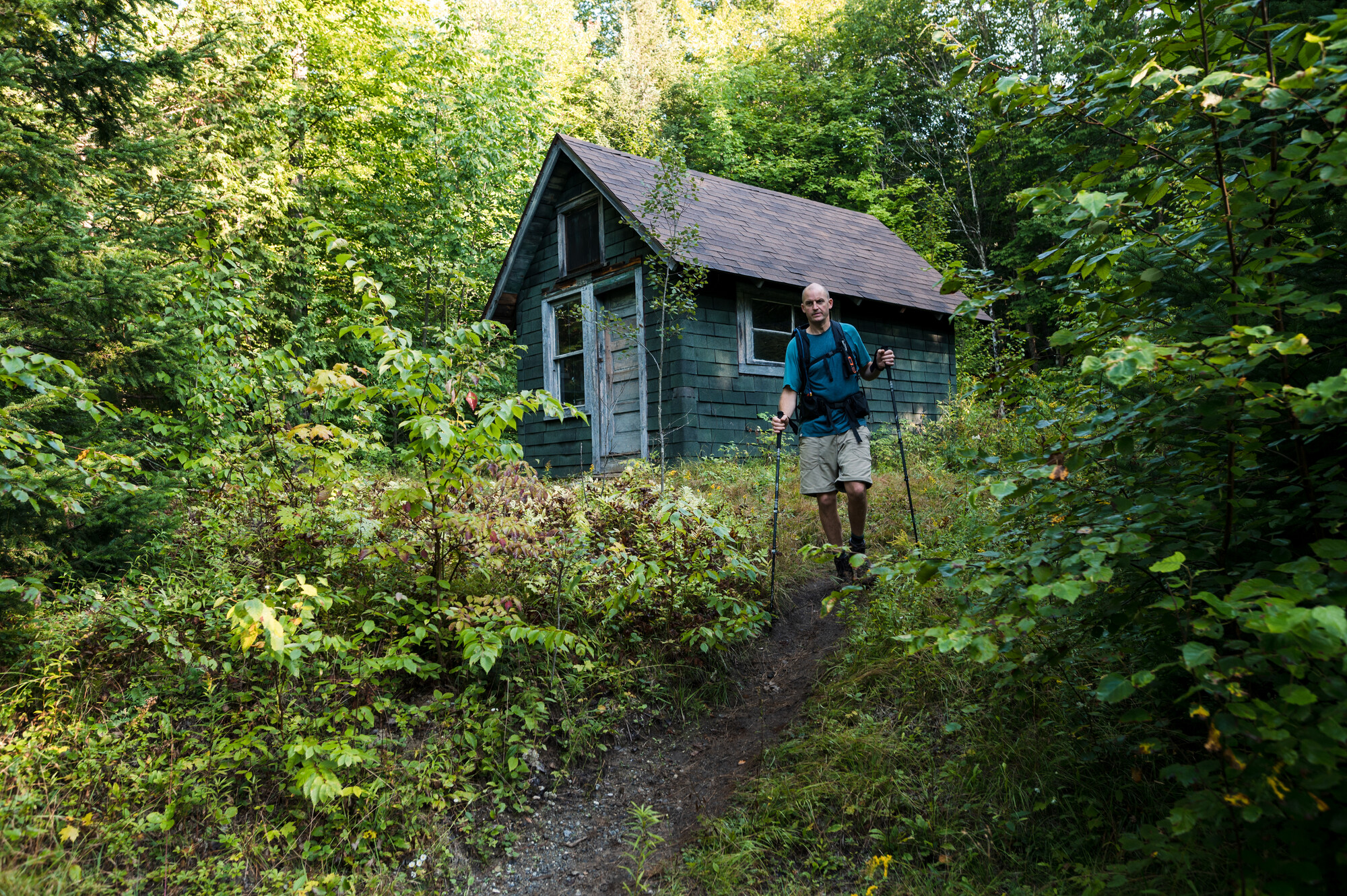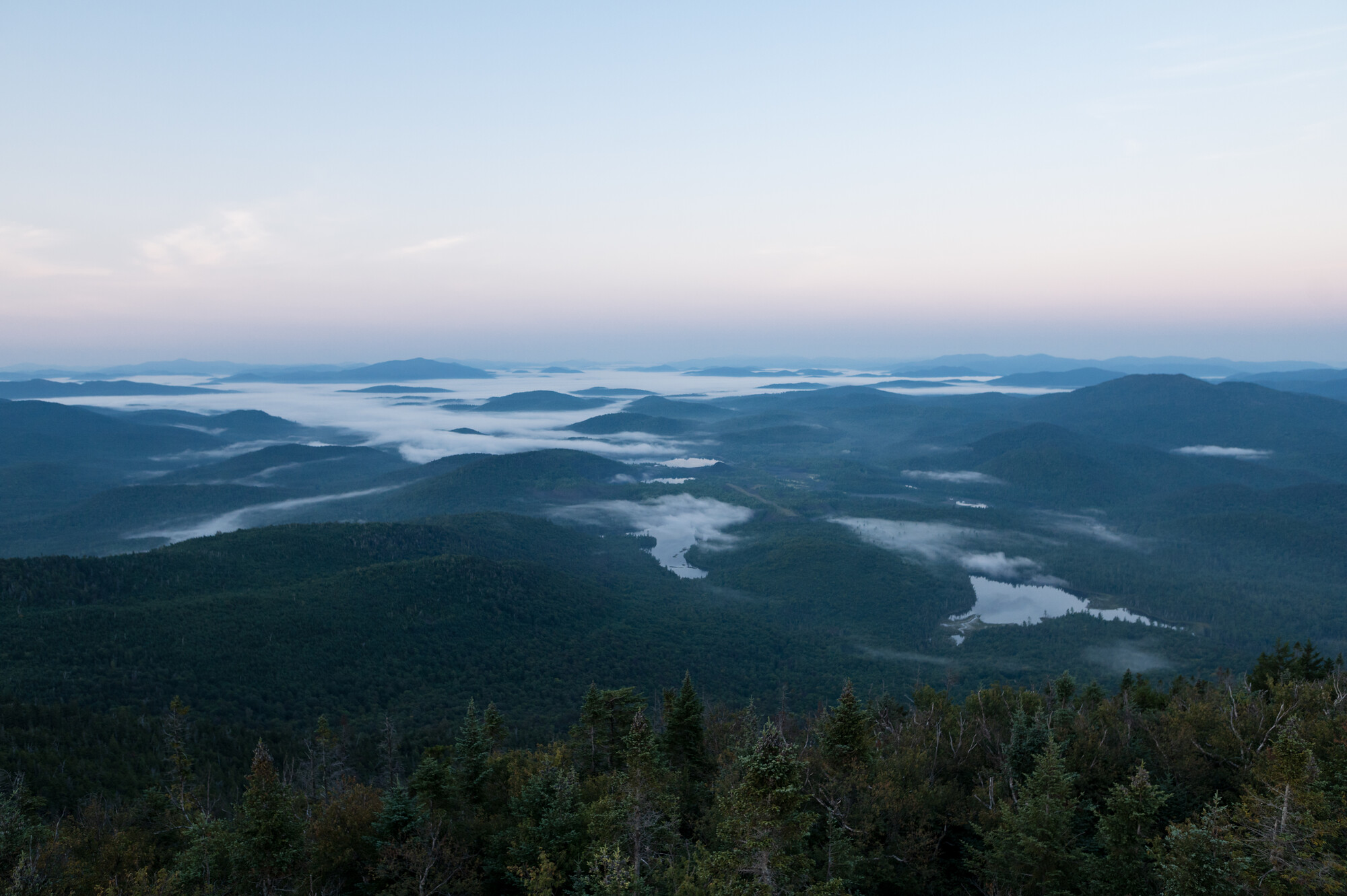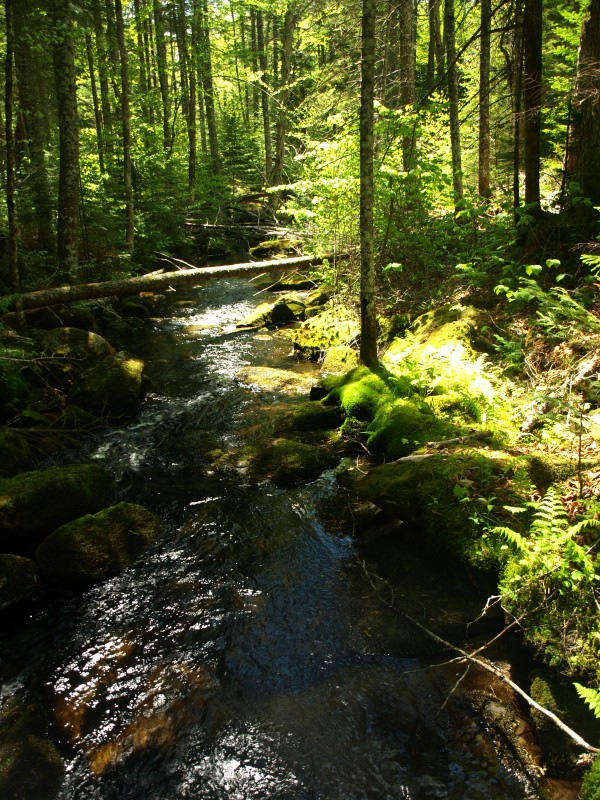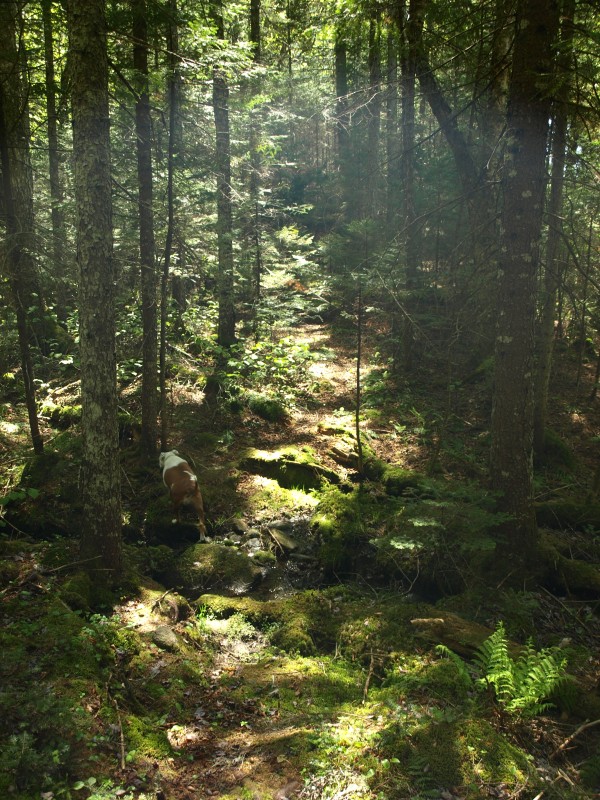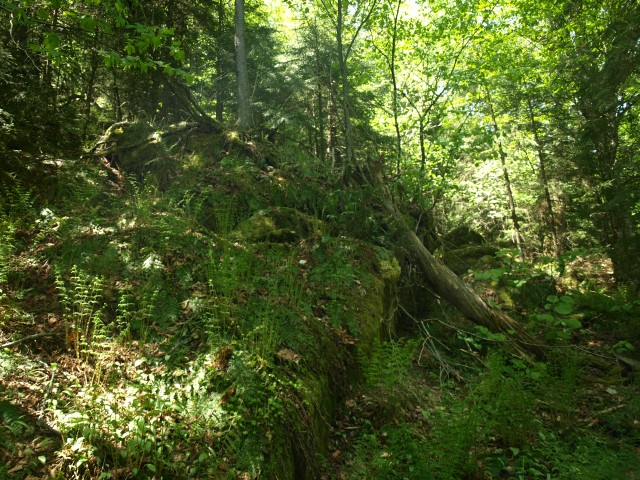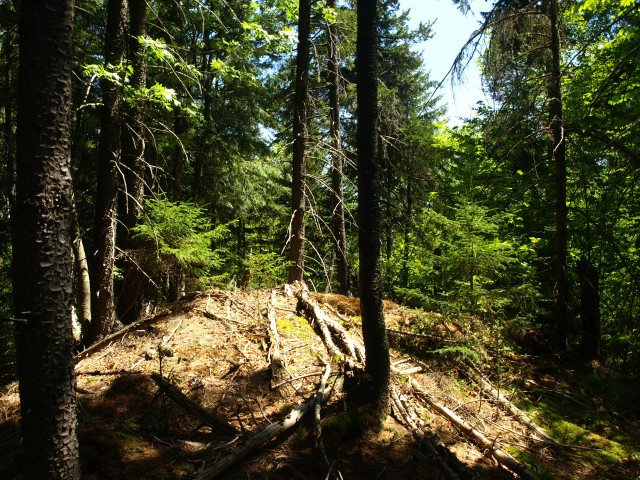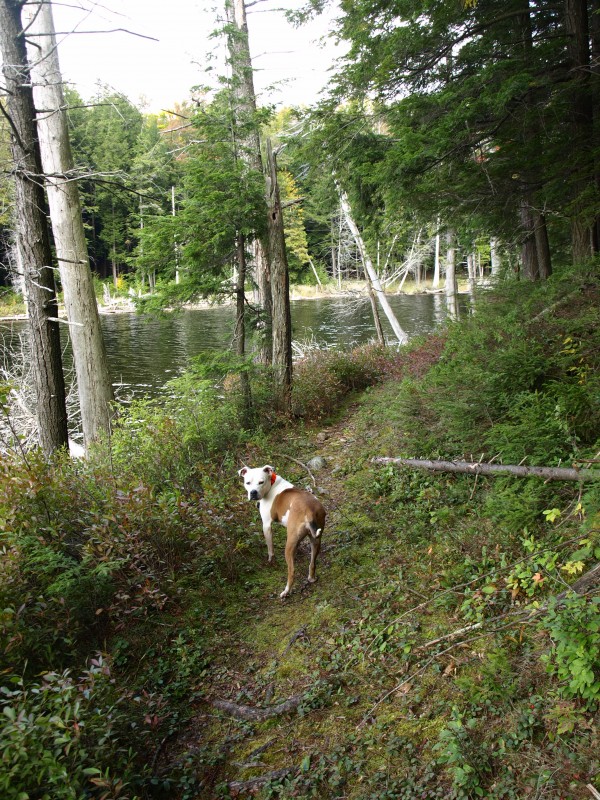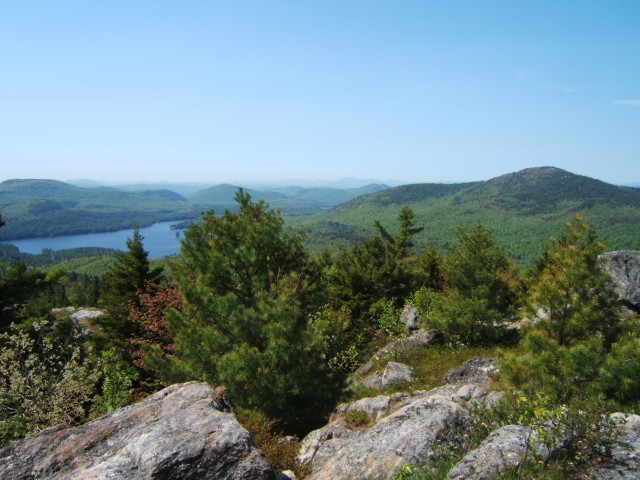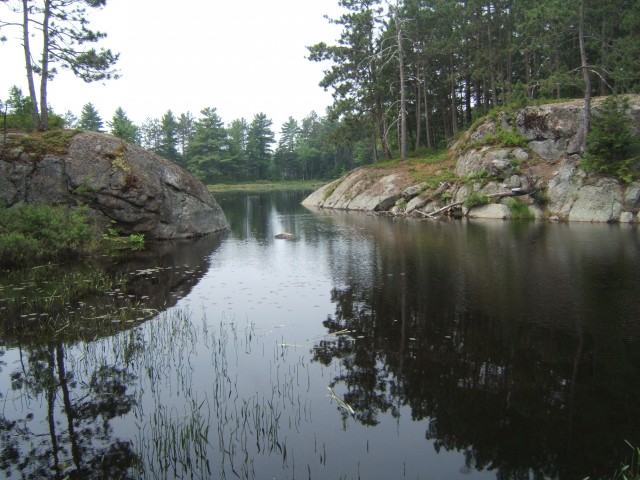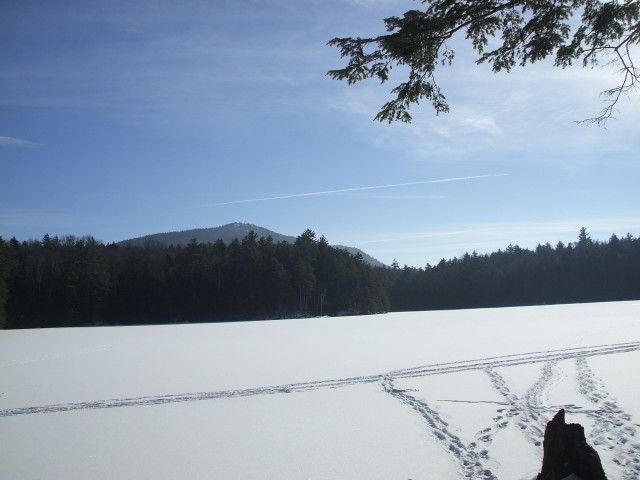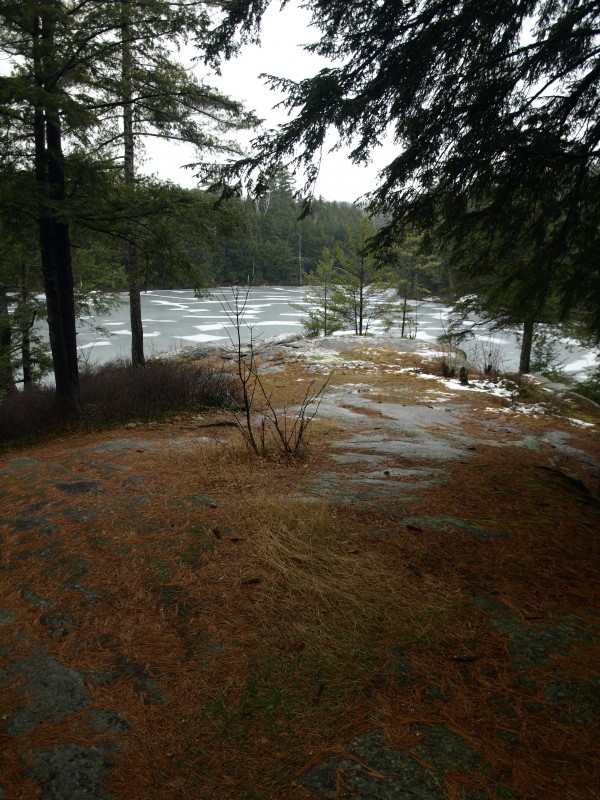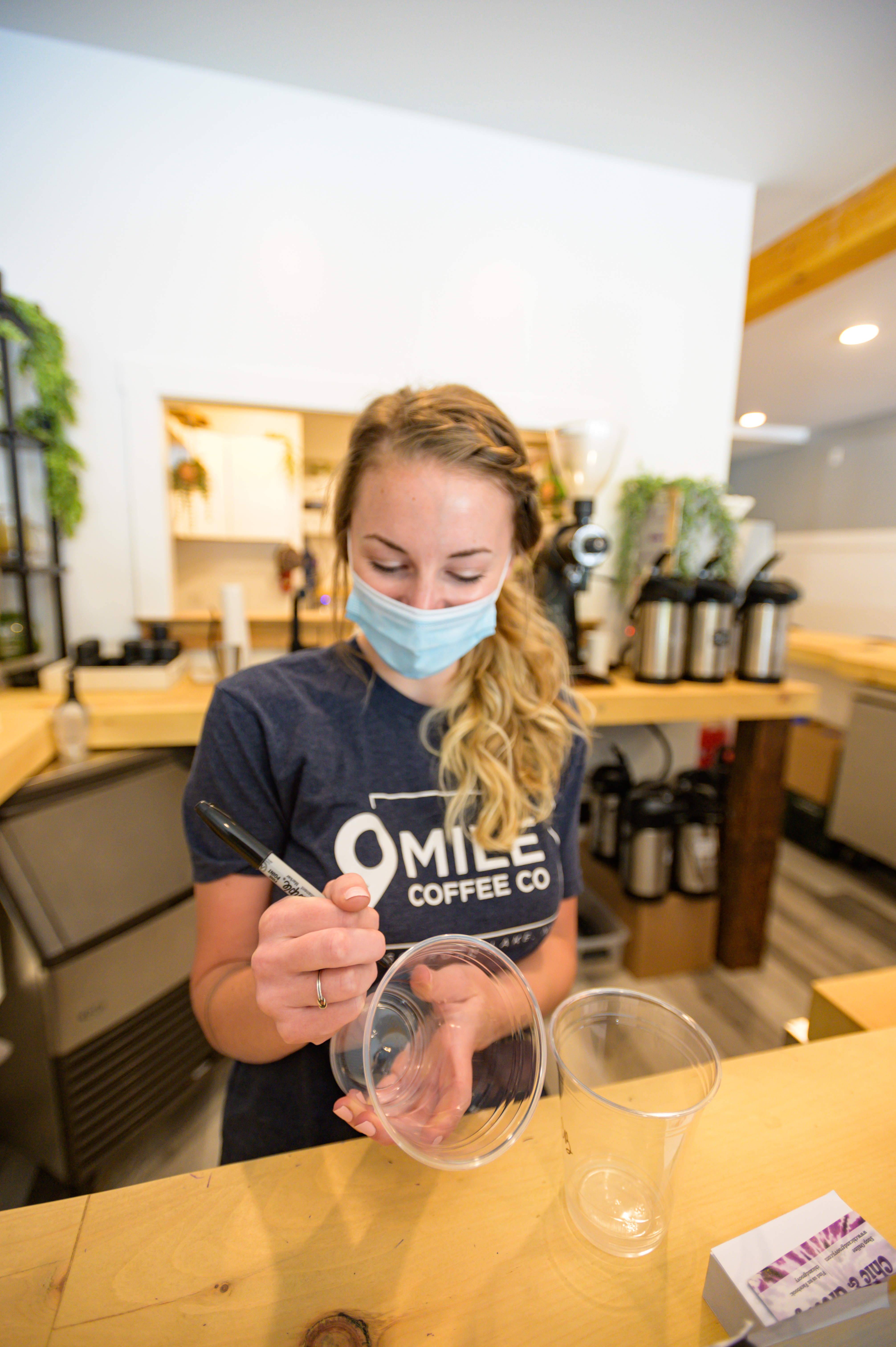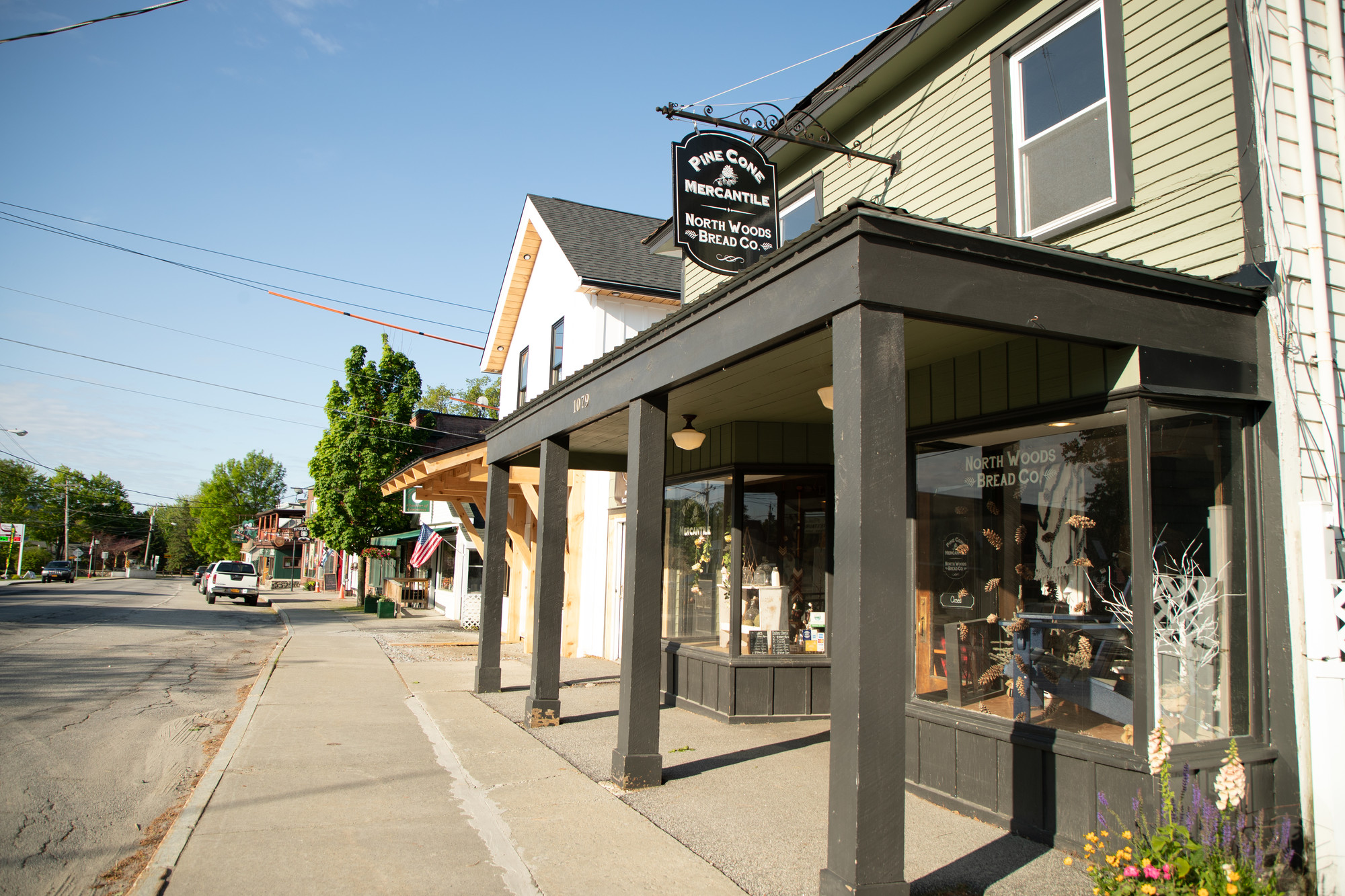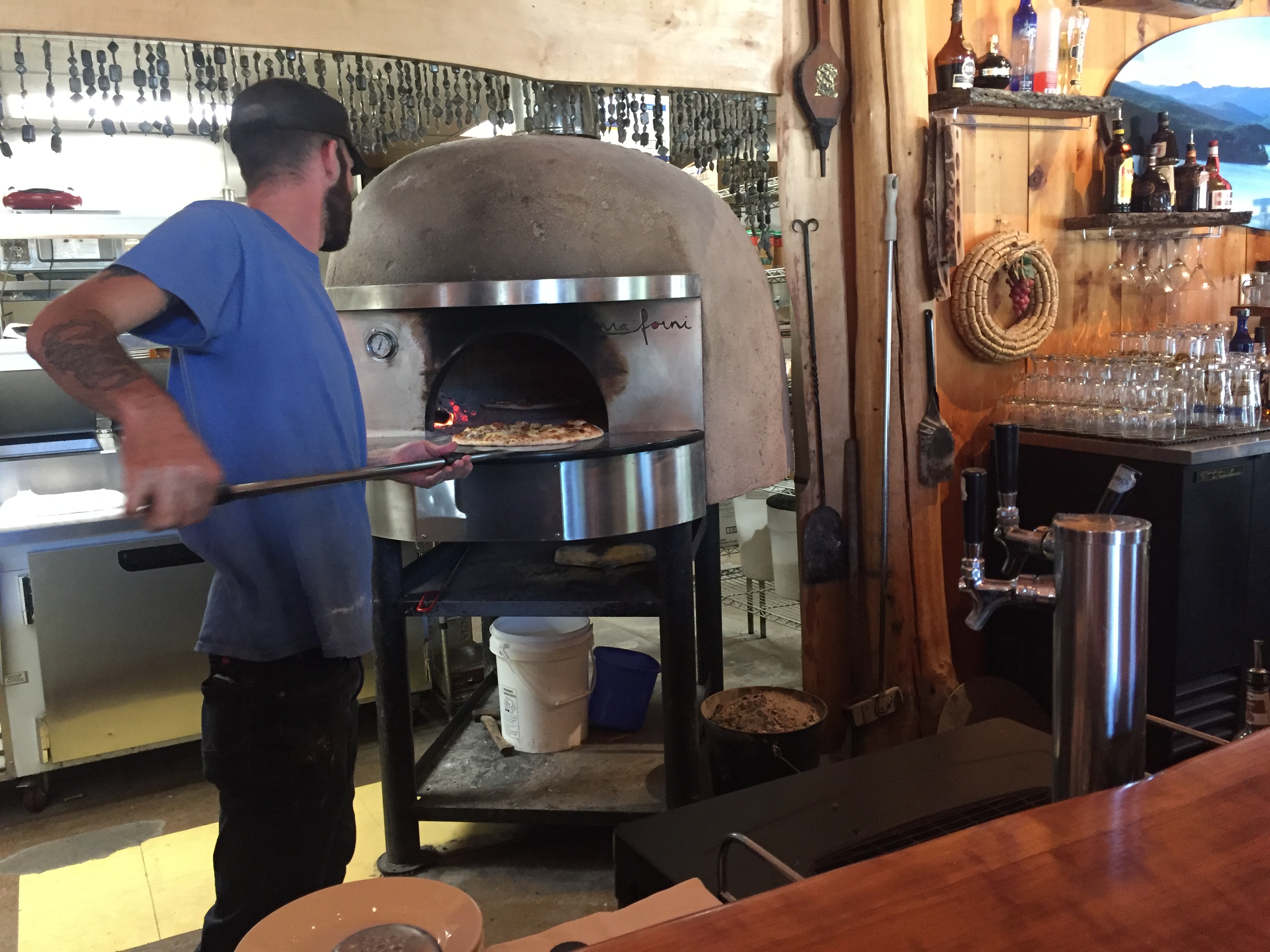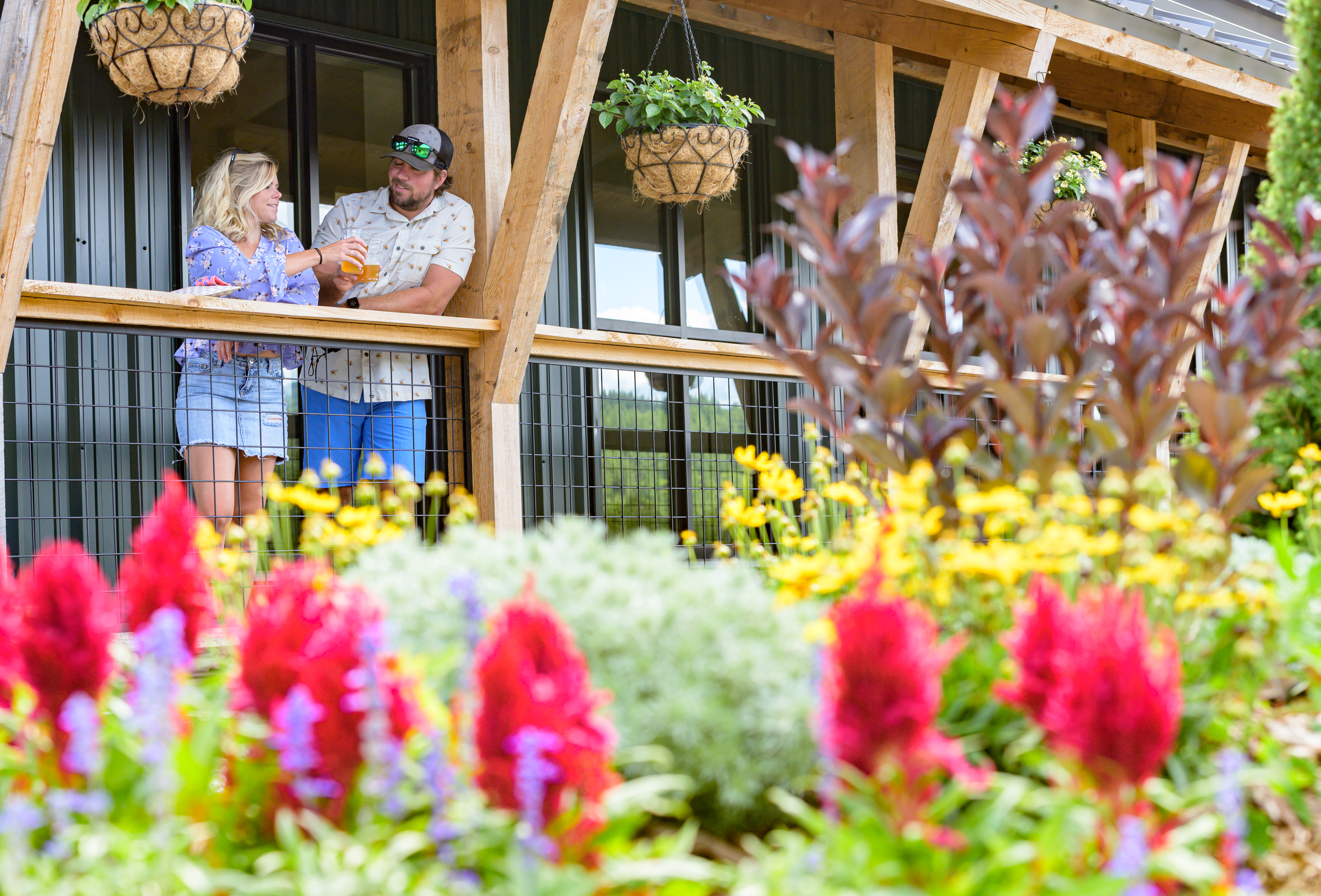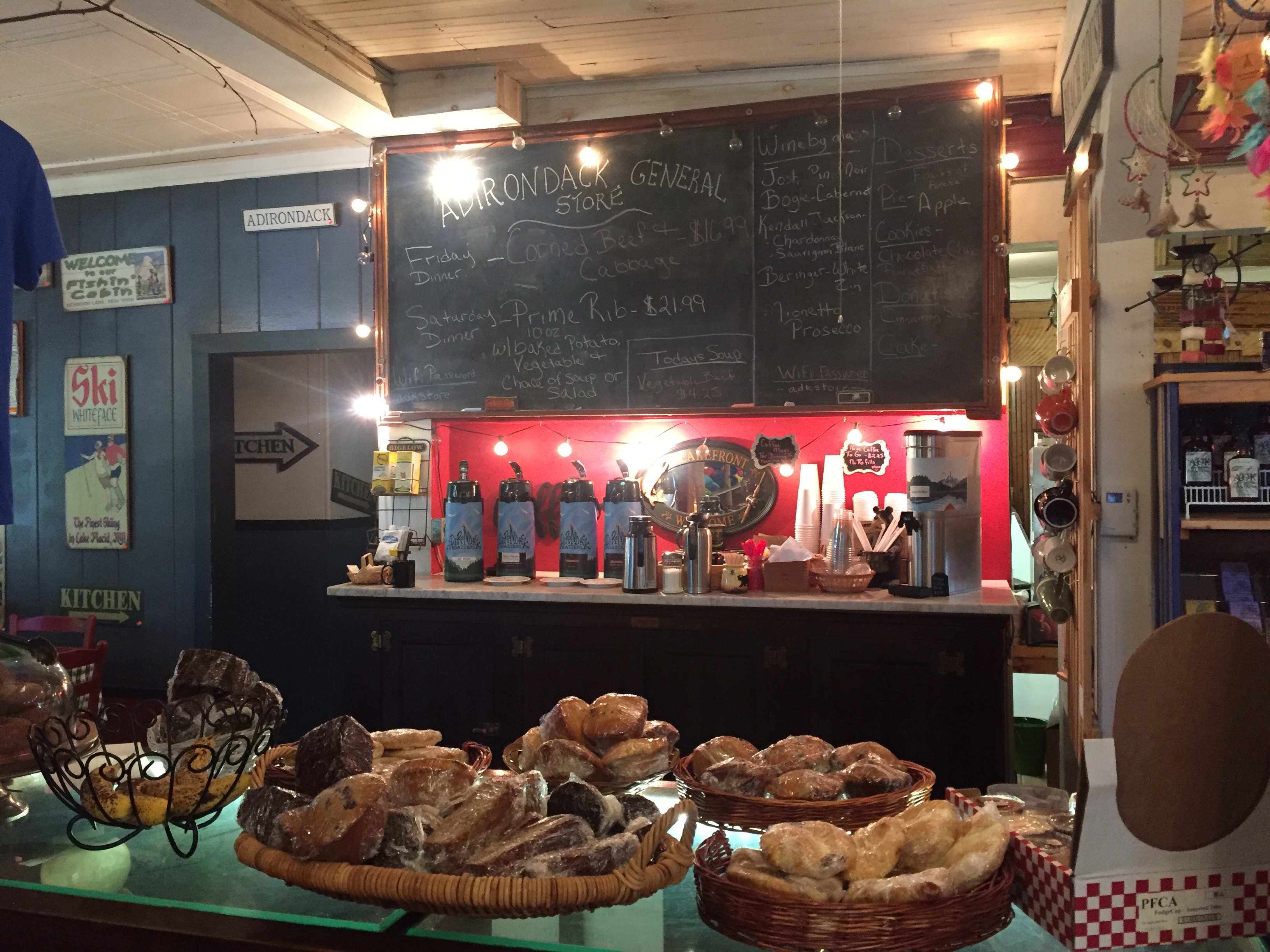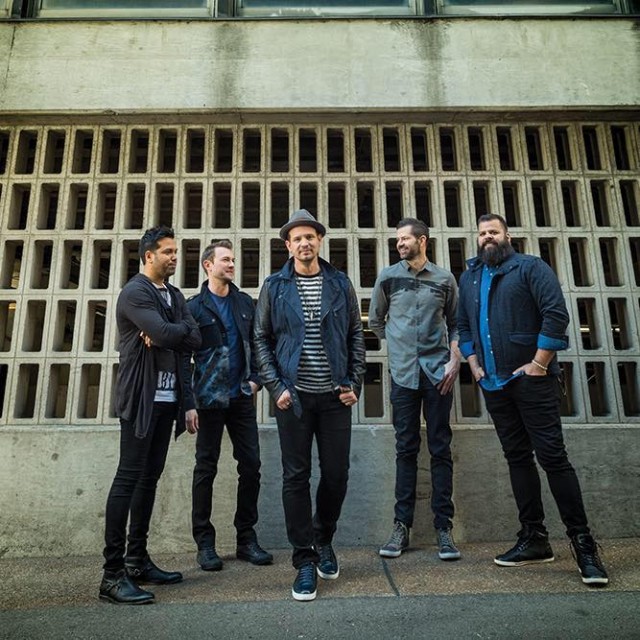Real Live Ghost Town
The spirits call
I recently spent a full day exploring a couple of really interesting places in Newcomb. After leaving our first stop, the Adirondack Interpretive Center, we enjoyed an awesome lunch at the High Peaks Kitchen and Campground in Newcomb on Route 28N. The food is great and inexpensive, and the service is terrific. I’d recommend a stop here for breakfast or lunch since they serve both.
After lunch we headed directly to the ghost town of Tahawus, an amazing place to visit!
A spectacular drive
About 4 1/2 miles east of the High Peaks Kitchen and Campground you'll come to a sign directing you to Tahawus. After turning left onto Tahawus Road, it's about a 7 mile drive into the wilderness off Route 28N. Follow the winding road along the upper reaches of the Hudson River and the shores of Sanford Lake. The views are amazing and the scenery even more spectacular with the beautiful fall foliage the day we were there.
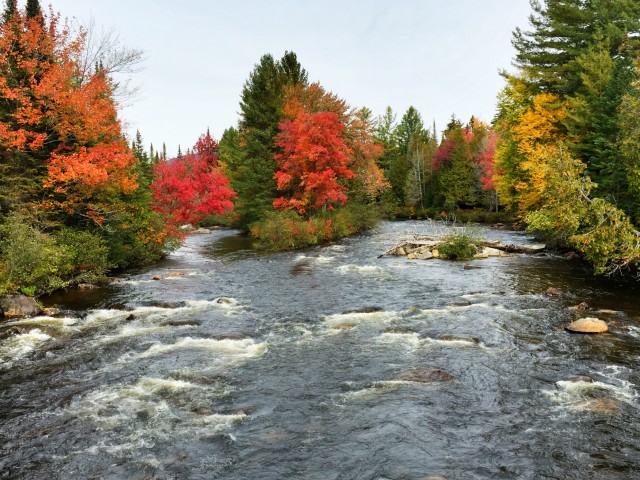
A note to first time visitors - seriously don't be concerned about being on a back road going deep into the wilderness. There is plenty of traffic on this road as it leads to the major southern trailhead into the High Peaks Wilderness area. There are a lot of people coming and going on the road most of the time. The weekday we were there we met at least 5 or 6 cars coming out as we were going in and about the same when leaving. On the weekends expect to see a lot more. Trust me, you won’t be alone!
A real mining town in the wilderness
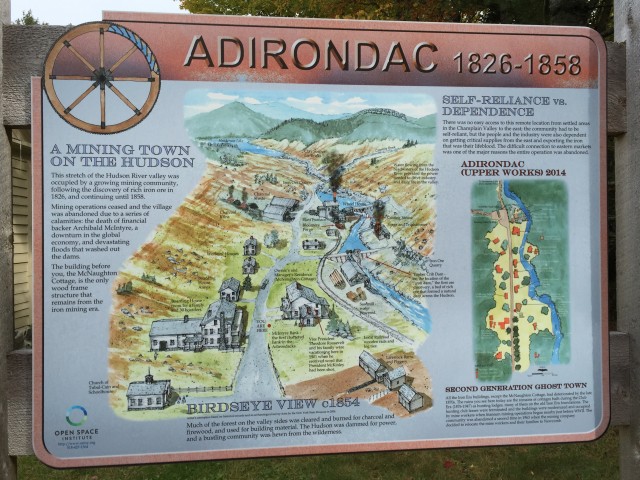
The funny part about Tahawus (originally named Adirondac) is that it sits at the very end of this very well traveled road. I imagine that's exactly why they chose this location for the High Peaks trailhead - because the road was already there and it would save hikers seven miles!
Tahawus was the company town of the Adirondack Iron Works, an iron extraction and smelting company, operating from 1827 to 1857, after which it lay dormant for a number of decades. According to Adirondack Park Agency documents regarding Tahawus, "Throughout its existence the Adirondack Iron Works operated two farms, the blast furnace and forge, a puddling furnace, charcoal and brick kilns, trip hammers and a grist and saw mill. The Village consisted of 16 dwellings and a building with a cupola, used as a school, church and a general assembly room." The very first bank in the Adirondacks was opened in Adirondac and it was obviously a thriving community deep in the wilderness - check out the history of Tahawus, the 'moving village.' The iron business failed mainly due to the presence of another mineral in the rock, titanium, which made it difficult and expensive to get a pure iron product. Eventually AIW gave up on its operation and left it abandoned in 1857.

It was near here in 1901, on the trail to Mt. Marcy, that Vice President Teddy Roosevelt was informed of President McKinley's imminent death from a gunshot wound, and became McKinley's successor as President of the United States (see below McNaughton Cottage).
A ghost town
Over the years, mining operations were started and halted in Tahawus or nearby, the last of which was National Lead Industries, actually down the road about a mile from Tahawus. Ironically, this company opened to mine the mineral which was partially the reason the first company failed. Forty million tons of titanium were extracted before operations ceased in 1989 and the mines closed permanently. The little town of Adirondac was left to decay.
An effort to restore and interpret the mining town is underway with at least one building being worked on and many interpretive signs erected just recently. Walkways have been constructed so the public can walk around the 50-foot-high blast furnace that remains on the hill above the wheel house. According to the interpretive sign on the observation deck above the wheel house, it housed "three overshot water wheels that drove a blast engine that forced air to the blast pipes in the furnace above, pumped water to cool the tuyeres, and powered the drop stamps on the charging bridge" of the giant blast furnace (and if you know what all that means, you're better than me). It's a mighty impressive thing to look at in person and these photos cannot do it justice. A visit to the site is totally required to understand and be a part of what once was an amazing process. The interpretive signage is very beautifully done.
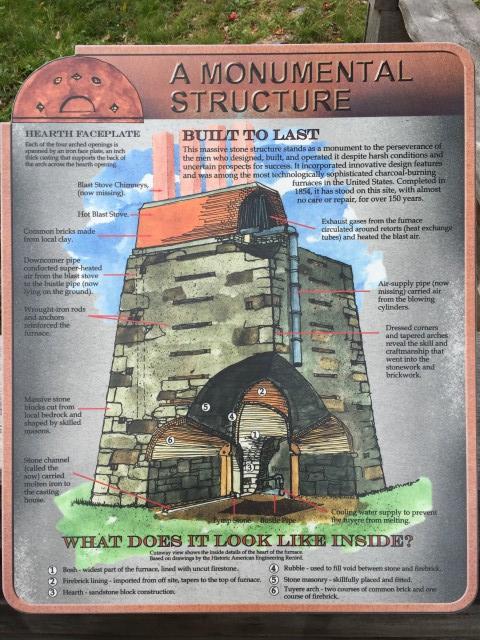
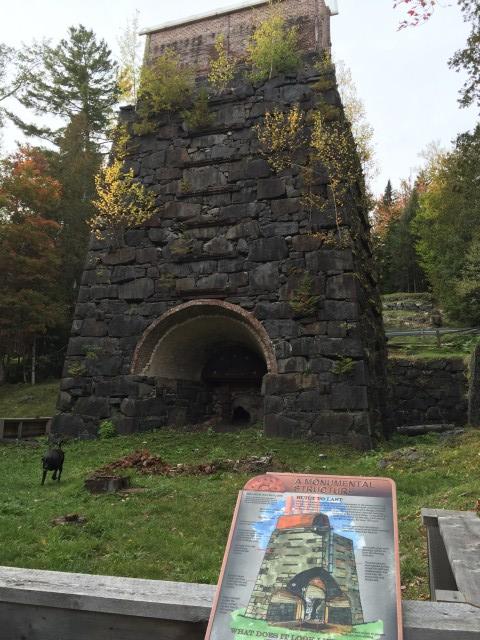
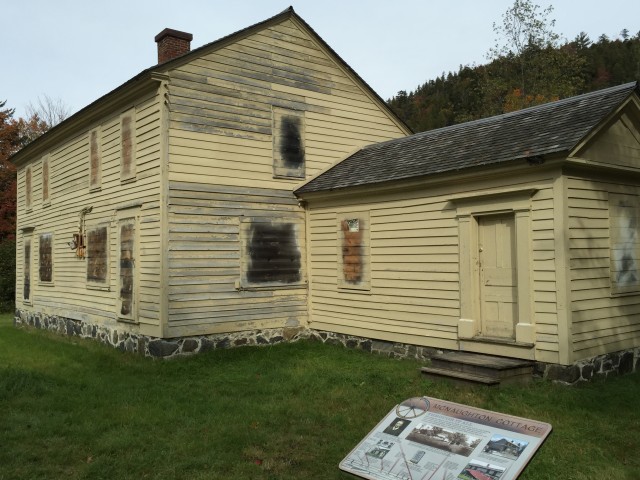
ABOVE - The McNaughton Cottage - Vice President Theadore Roosevelt stayed here on his trip into the Adirondacks in 1901, during which he became president.
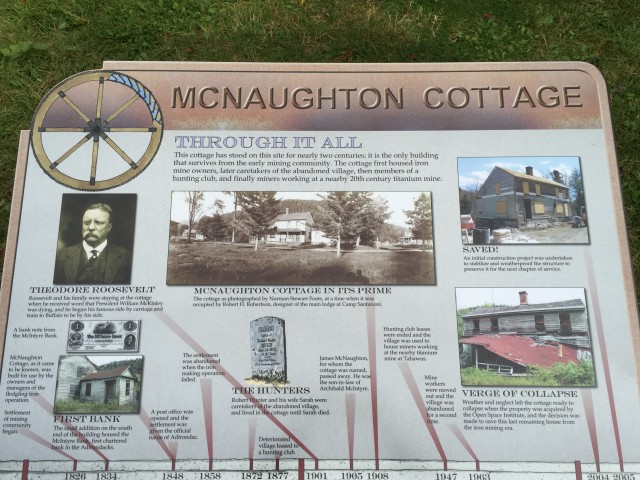
Do yourself a favor
You really must visit the ghost town of Adirondac (Tahawus) and see it for yourself. It's fascinating and really cool to stand in the middle of the road and imagine you're a resident in the mid-1800s. We walked and poked around a bit. The homes for the most part are completely beyond repair with the exception of McNaughton Cottage. The forest has also grown up around the buildings on the road. The homes on the other side of the river were easily viewed when I was there the last time, but not now. Only one is visible if you know right where to look.
Most of the 10 buildings, with the exception of the McNaughton cottage, are structures which were built by the Tahawus Club between 1890 and 1930. McNaughton is the only building dating back to the original Adirondack Iron Works.
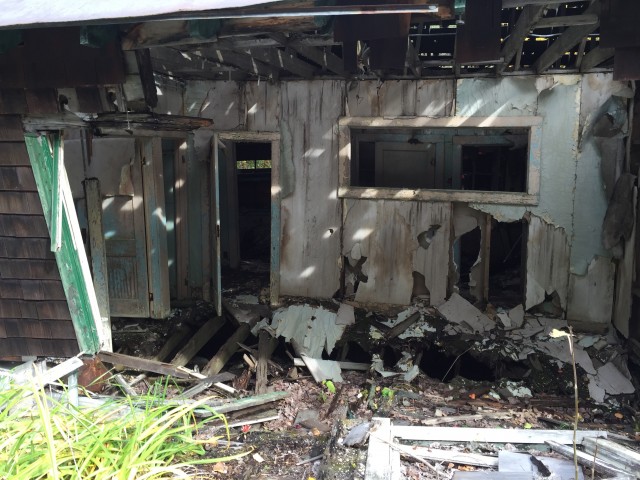
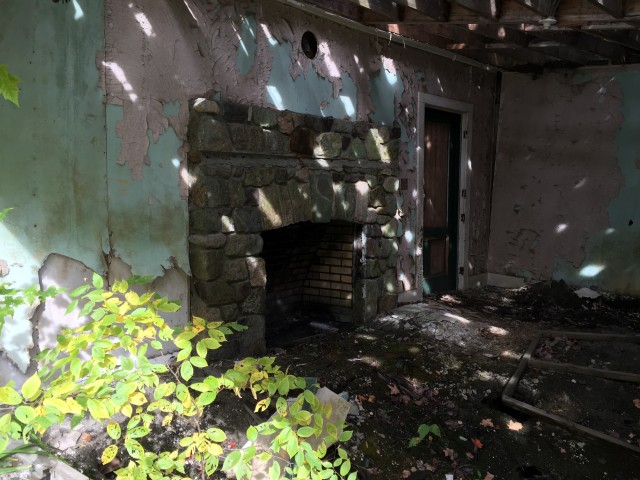
ABOVE - the fireplace in this house is still in perfect condition!
We walked up the trail that was supposed to lead to the cemetery from the High Peaks trailhead, but were unsuccessful in finding it. It's there and you'll have to try to find it. I think it'd be pretty cool to visit Tahawus on Halloween night and see if any old miners come out to greet us!
Spend some time in the region
What better way to explore the ghost towns, back roads and everything the Schroon Lake Region has to offer than spending a few days? Check out our lodging options and book a stay while you do your exploring. See you in the woods somewhere!
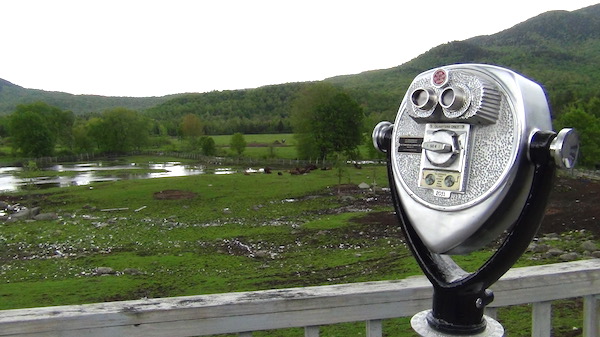

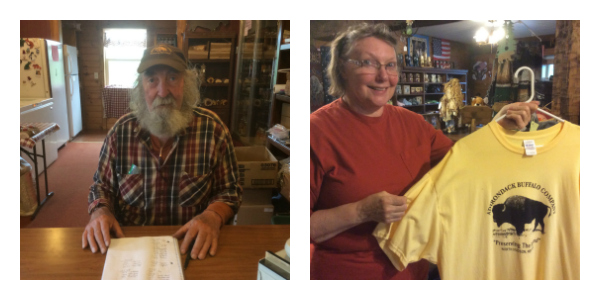
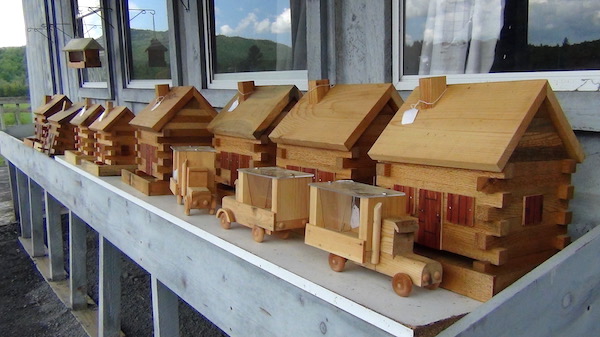
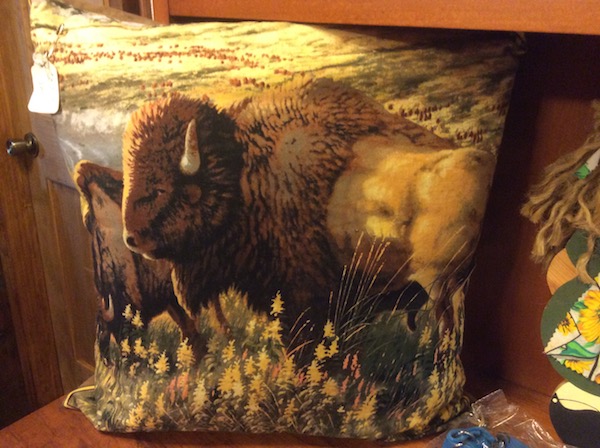 \
\